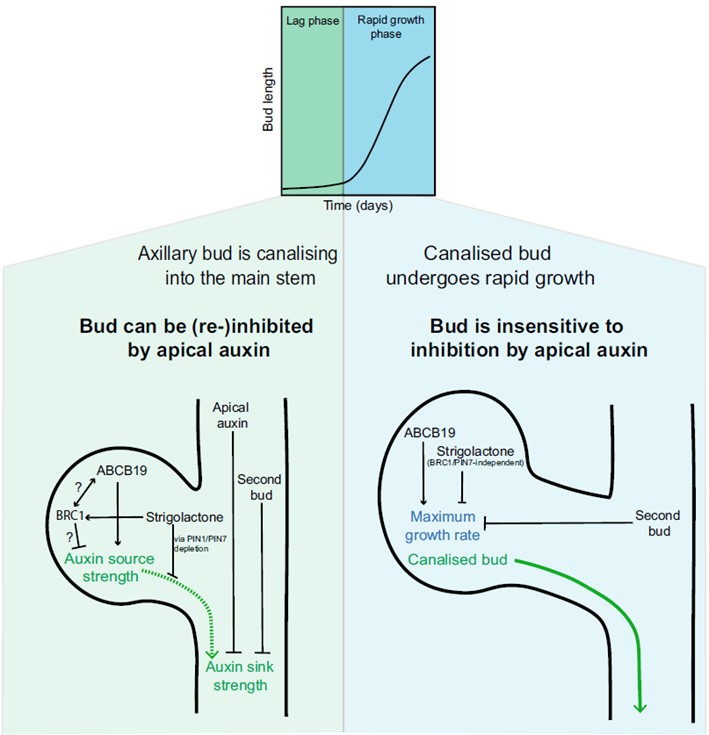
Lag, then leg it! An updated two-phase model for axillary bud activation and outgrowth in Arabidopsis
Plant Science Research WeeklyThe mechanisms of apical dominance and bud outgrowth have puzzled generations of plant scientists, and over a century various hypotheses have been scrutinized. Two main hubs of regulation – auxin canalization (movement of auxin from a bud into the main stem) and the branching transcription factors…
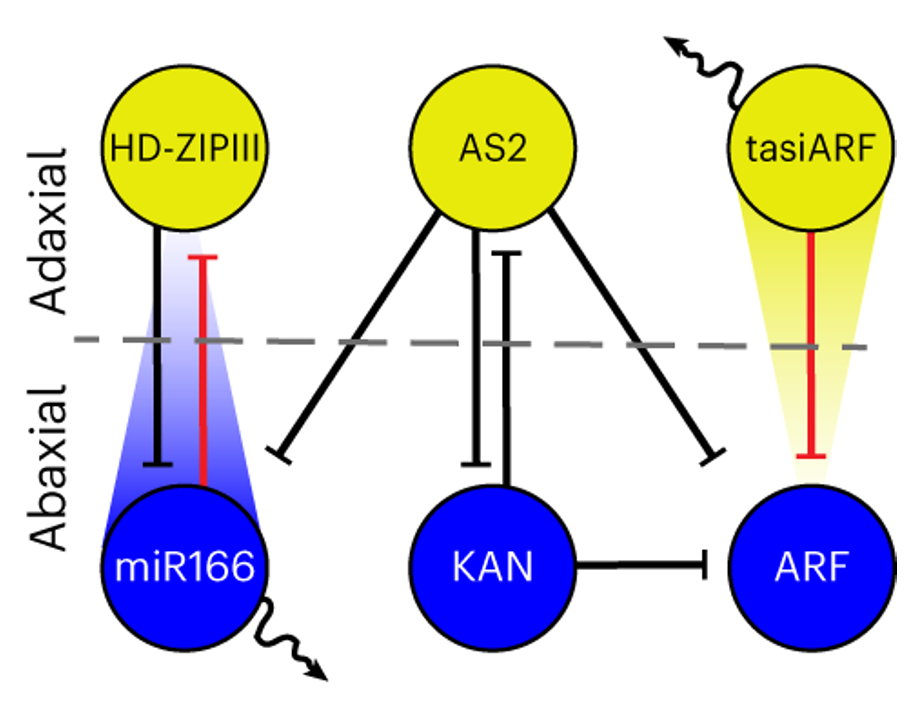
A diffusible small-RNA-based Turing system dynamically coordinates organ polarity
Plant Science Research WeeklyThe establishment of adaxial-abaxial polarity during the growth of the leaf primordium is a prerequisite for the formation of the flat, thin leaves observed in most (but not all) plants. The micro-RNAs tasiARF and miR165/6, which form concentration gradients within leaf primordia, are major contributors…
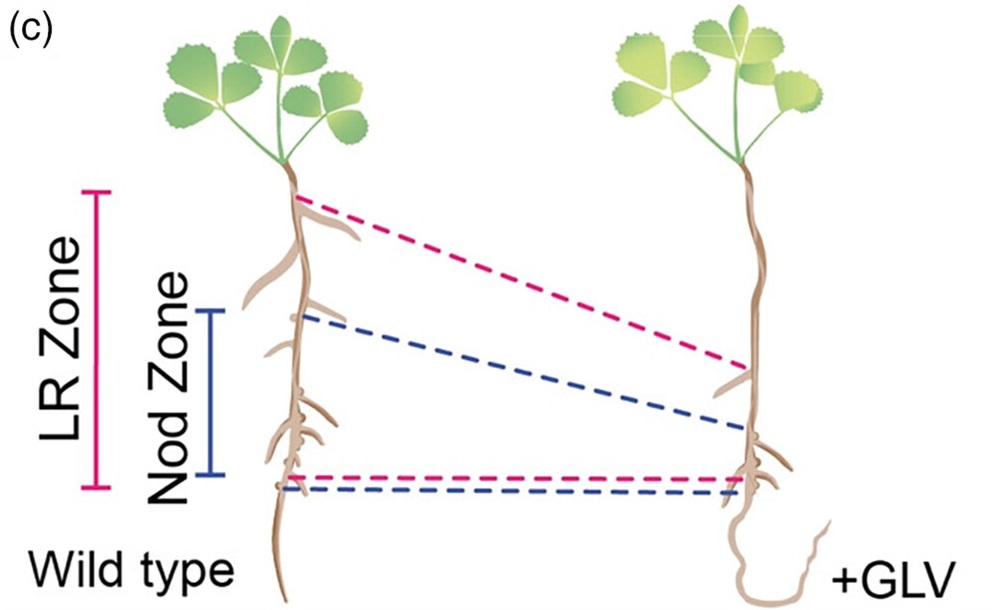
Peptide GOLVEN10 alters root development and noduletaxis
Plant Science Research WeeklyFor many years, biologists argued about whether plants have peptide hormones like animals have, and ever since it was first shown that plant peptides do have hormone-like functions, I’ve said a little cheer as new functions are discovered (Yay plants!). A few years ago, Sonali Roy and colleagues wrote…
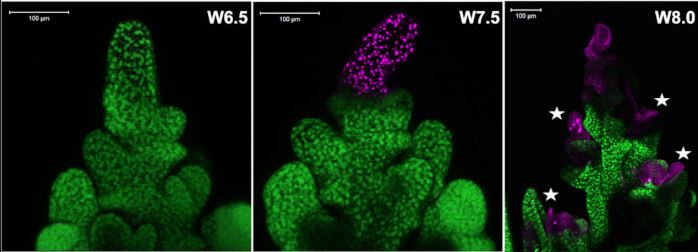
Examining apical floral decline in the indeterminate inflorescence apex of barley
The Plant Cell: In a NutshellShanmugaraj et al. used spatiotemporal multi-omics studies to elucidate the mechanism of apical degeneration of barley inflorescence meristem and proposes a molecular framework behind this process, the manipulation of which may increase yield in barley and other related cereals.
Nandhakumar Shanmugaraj1,…
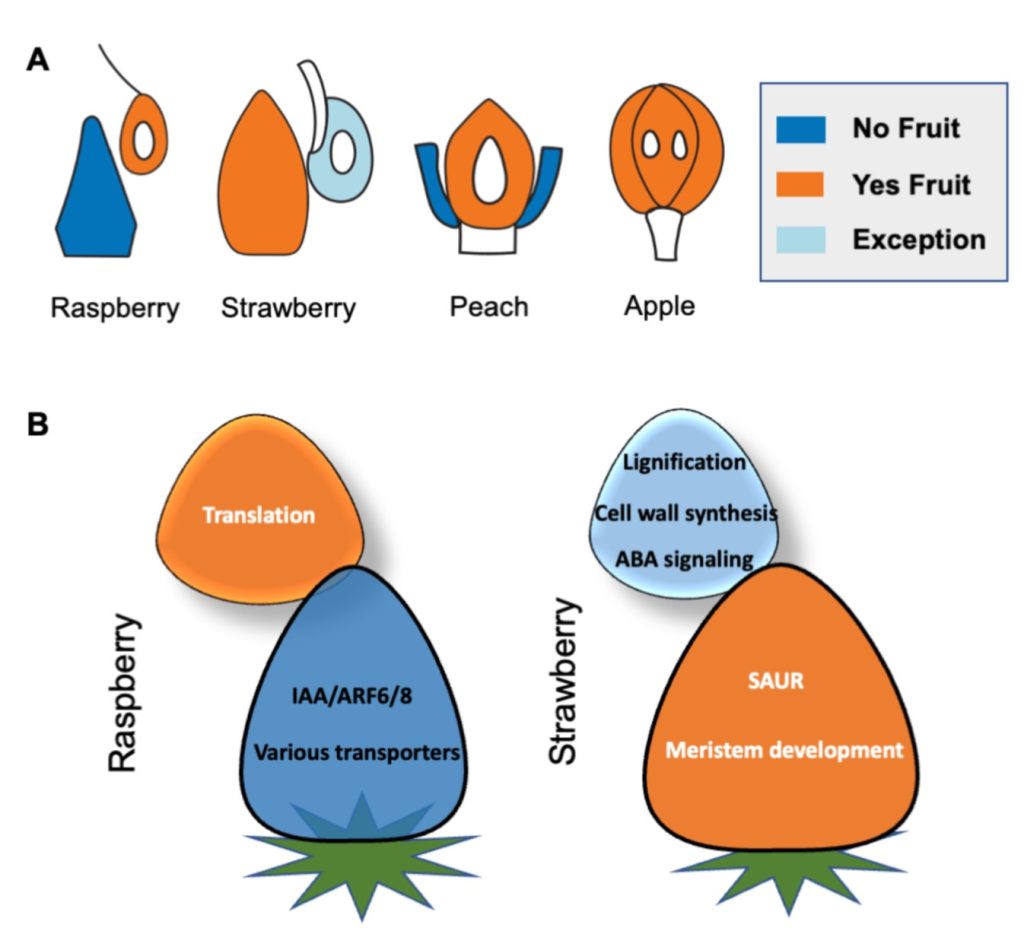
Review: Development of organs for nutrient uptake in parasitic plants and root nodule symbiosis
Plant Science Research WeeklyThis review by Cui et al. makes the interesting comparison between the developmental processes involved in root nodule formation and haustoria formation by roots of parasitic plants. As the authors observe, both are organs that are produced for the purpose of nutrient acquisition through “intimate…

Plant Physiology Focus Issue: Plant Cell Polarity
Plant Science Research WeeklyThe September issue of Plant Physiology has a focus on plant cell polarity, which plays a pivotal role in the fundamental processes that dictate plant growth, development, and adaptation. By establishing distinct regions within cells, plant cell polarity is crucial for regulating asymmetric cell divisions,…
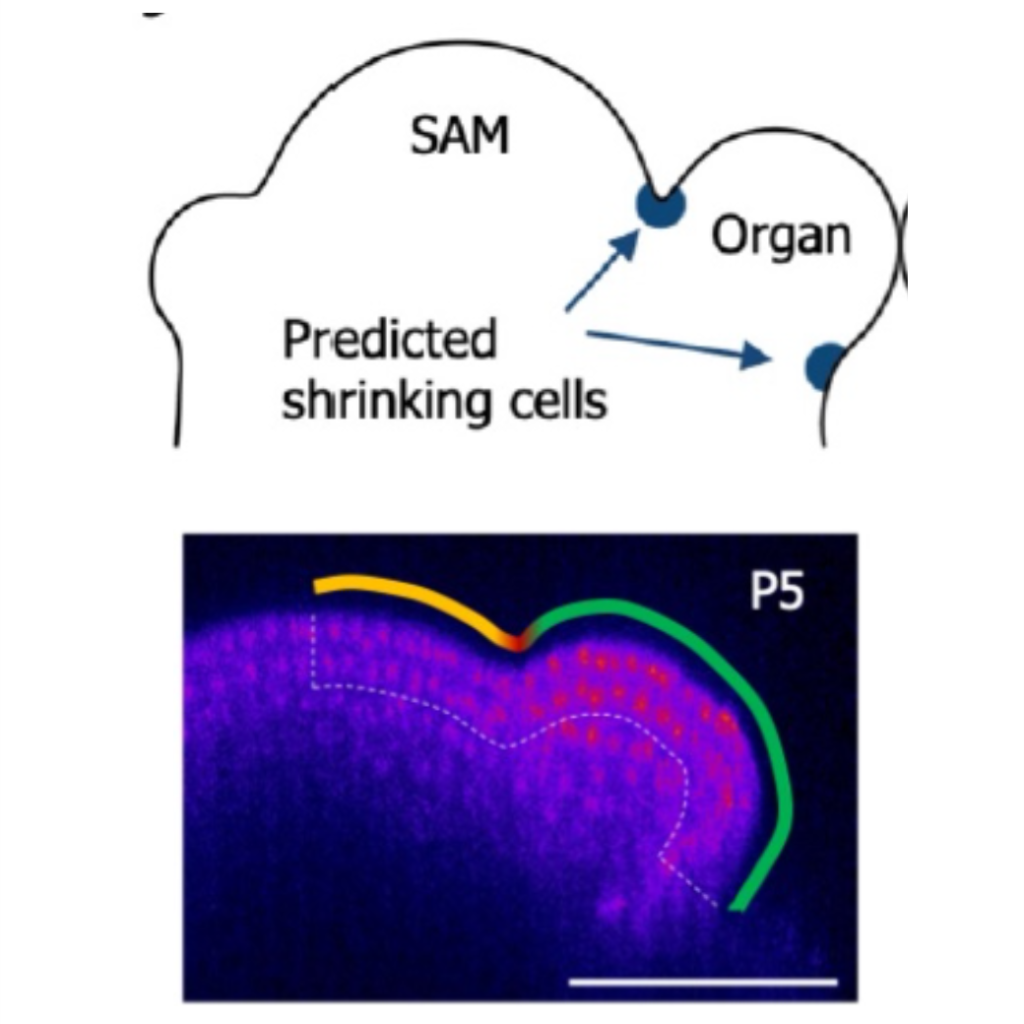
Water fluxes contribute to growth patterning in shoot meristems
Plant Science Research WeeklyThe shoot apical meristem (SAM) is a wonderous thing. How this tiny clump of cells generates the entire above-ground organ system regularly, predictably, and dynamically is a question that has been investigated for decades, with models incorporating cascades regulatory genes, diffusible peptides, hormone…
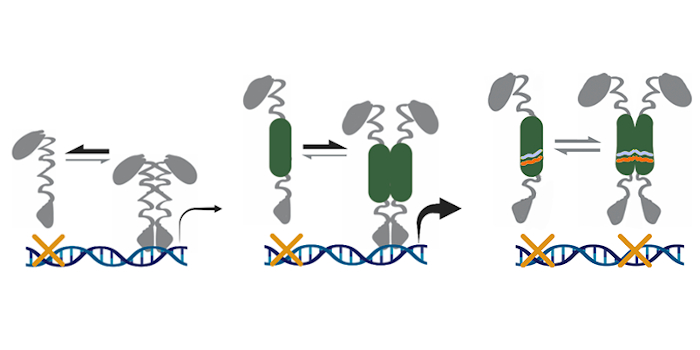
Ligands and regulatory properties of the HD-ZIPIII START domain
The Plant Cell: In a NutshellHusbands et al. identify ligands and regulatory properties of the HD-ZIPIII START domain.
By By Aman Y. Husbands (University of Pennsylvania) and Marja C.P. Timmermans (University of Tuebingen).
Background: Development has been compared to a ball rolling down a hill. Cells initially have broad…

Comparison of red raspberry and wild strawberry fruits reveals mechanisms of fruit type specification
Plant Science Research WeeklyHere’s a sweet story of gene expression and fruit form, starting with the simple question of “why do closely related strawberry and raspberry fruits look so different?” In strawberry, the ovaries become dry achenes where in raspberies they become juicy druplets; in strawberry the stem tip (receptacle)…

